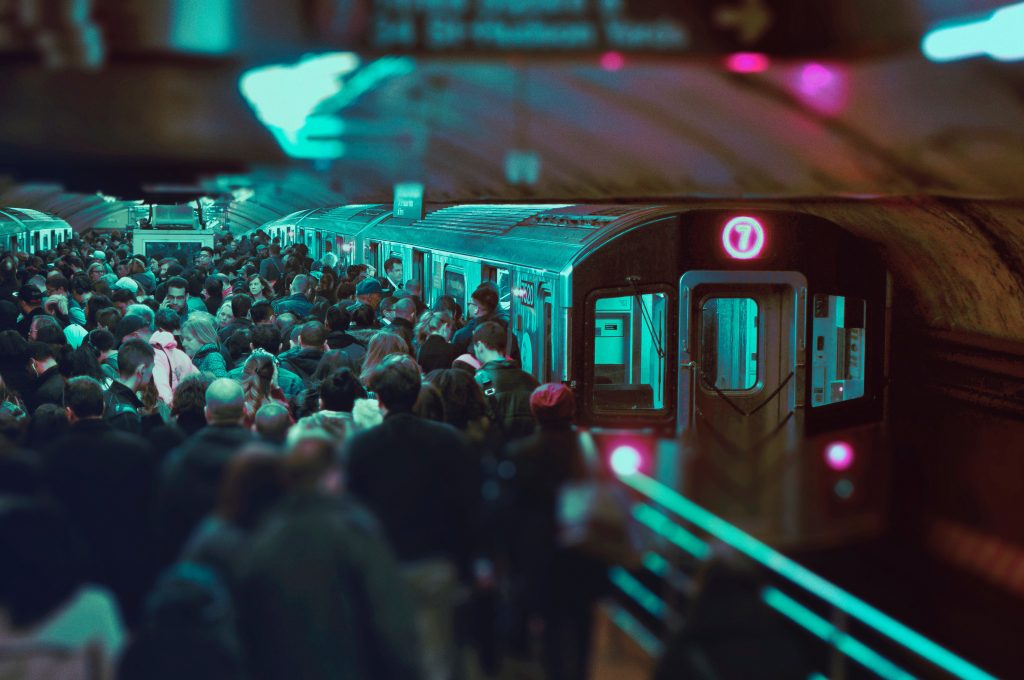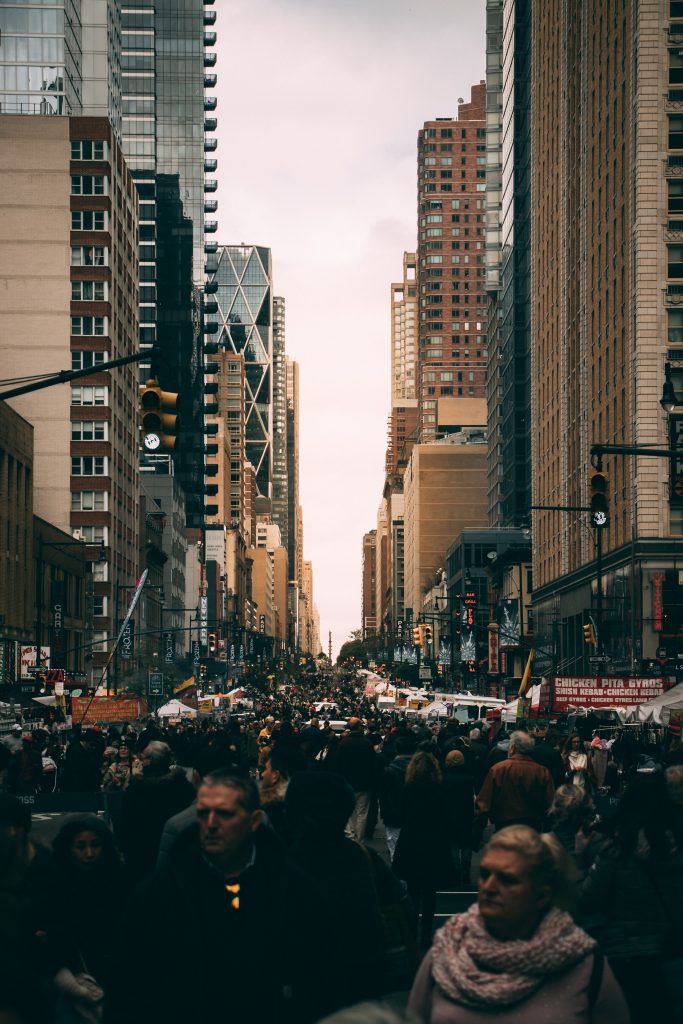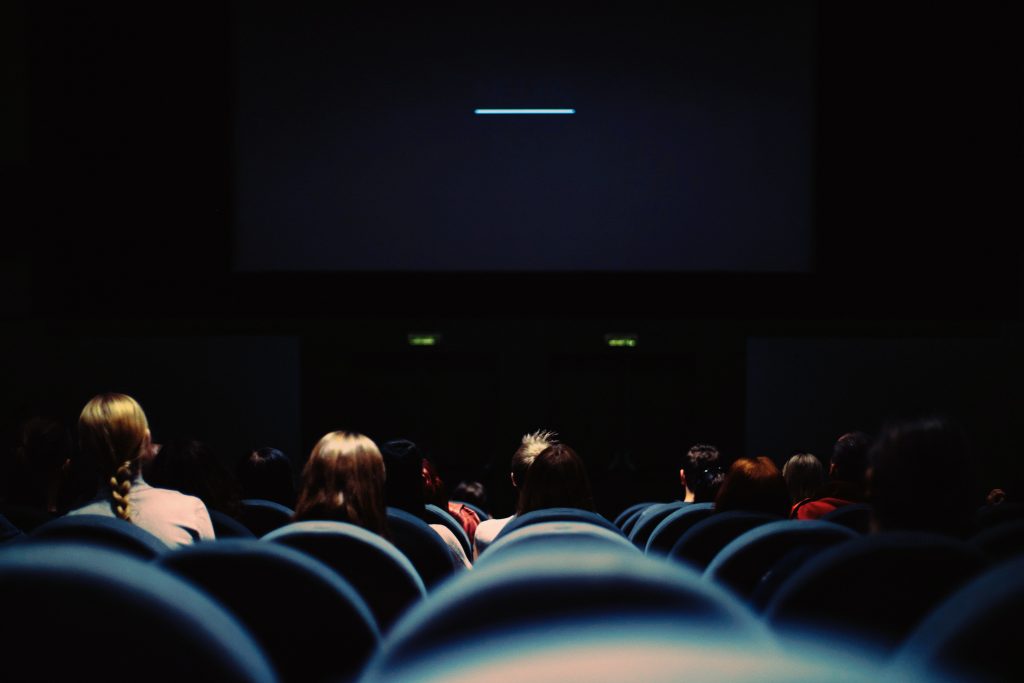The Former Urban Experience
The situation in New York City leading up to COVID-19 was crammed. Every morning rush on the subway came with a complimentary fellow commuters elbow puncturing your lung and negative space to hold onto to support yourself when the train took an unexpected jerk left or right. Restaurants and bars expected you to be 2 inches wide in order to slip in between tables to sit down. It’s easy to assume that the concept of personal space was thrown out the window when planning big cities. Now that social distancing has been employed and standing 6 feet apart became standard, these formally cramped lifestyles will have to be rethought. The three major results of COVID-19 on urbanization that will be safer, cleaner, and more sustainable cities.

The Future Urban Experience
The first change we’ll most likely see is safer streets for commuters. The people will take back the streets. Mind-numbing traffic will inevitably diminish as it will be more commonplace to work from home and hang out at home. Public Transit will be reimagined and more reliable allowing people to travel safely without being overcrowded. The previous way of public transit was inefficient, unsanitary, and tended to make you leave with a bad taste in your mouth, sometimes literally. Forbes agrees, in a recent article about public transit they stated:
“It’s not pleasant, convenient or quick unless it gets its own dedicated tracks and lanes, and shocking to most, in almost all cities it’s not even energy efficient”
Brad Templeton, Forbes

There have been murmurs that our cities won’t come back the same after the pandemic. People are scared that the once vibrant New York will get taken over by fear and loss: loss of human lives, loss of jobs, loss of opportunities, loss of ambition. None of these fears come unfounded. People have been stuck in their homes for months taking in headlines after headlines contributing to this theory. However, if we look at the history of pandemics, we’ll see that pandemics actually contributed to a positive evolution of the way we live.
“The Spanish Flu of 1918 killed as many as 50 million people worldwide, and yet New York, London, and Paris all boomed in its wake.”
Richard Flordia, Author of The Rise of the Creative Class and The New Urban Crisis
The fears that citizens face will allow urban designers to rethink our current lifestyle to accommodate our needs and provide even better-living conditions. The biggest question on everyone’s minds after the pandemic is density management within the city. The world can resume but until we unlock how to live without living on top of each other, we risk reliving another unsettling pandemic. Urban planners will have to seriously consider decentralizing cities and supplying sufficient transit to allow people to effectively maneuver across a more spread out city.
“Rethinking density management is a key for long-term survival in a pandemic world, really.”
Michele Acuto, City Lab

Cosmopolitan areas like NYC are known for their enticing bustling atmosphere. The push for decentralizing cities could diminish the high energy feeling present in the streets.
What about the fun pasttimes? Don’t worry, you won’t have to give up your favorite outings out of fear. Sporting events, movie theatres, concerts will take, or should take, precautions to ensure their patron’s health is considered. Richard Flordia and Steven Pedigo, trusted professors in the public affairs discipline predict that:
“Audience sizes may need to be reduced in theaters, with seats left open. Masks may need to be required and made available to patrons as needed, and temperature checks carried out.”
Our cities will adapt in ways necessary to support their citizens after COVID-19. We’ll adjust how we go out in public so that we can still enjoy our favorite pasttimes without being taken over by fear.

When the new normal settles in, sanitary habits will become cool again. Even though we should have been doing it anyways, washing your hands before eating, sanitizing your apartment, and wiping down public spaces will become a subconscious habit. The medical forecast predicts that wearing masks and social distancing habits will linger after life returns to ‘normal’.

What next?
We have two words: Smart Cities. Smart Cities are the answer that we’ve all been waiting for and overlooking until now. The sheer sustainability, efficiency, ability to improve a person’s quality of life will be greatly embraced and sought after in the coming years. But, what exactly does a smart city entail? Think about it this way, our tired infrastructure is going to get a brand new facelift. A facelift that includes: universal wifi, smart energy systems, smart buildings, sustainable housing, and more. You can read a more comprehensive list here.
Pandemics are not new, in fact they are very prevalent in our history. However, despite the havoc they reek, cities often come out stronger. Covid-19’s Urban innovation that will catalyze the evolution of how we live in cities. Our founder and CEO Brian Frumberg said, “The Urban experience has always affected us, but until recently the only people that truly cared were urban enthusiasts. Now that COVID has made people realize the important role the urban landscape plays in their lives, everyone has become invested. So, I’m excited to see the future of cities holds.” As Smart City technology continues to be implemented, our urban experience will radically improve with lifestyle and health.
